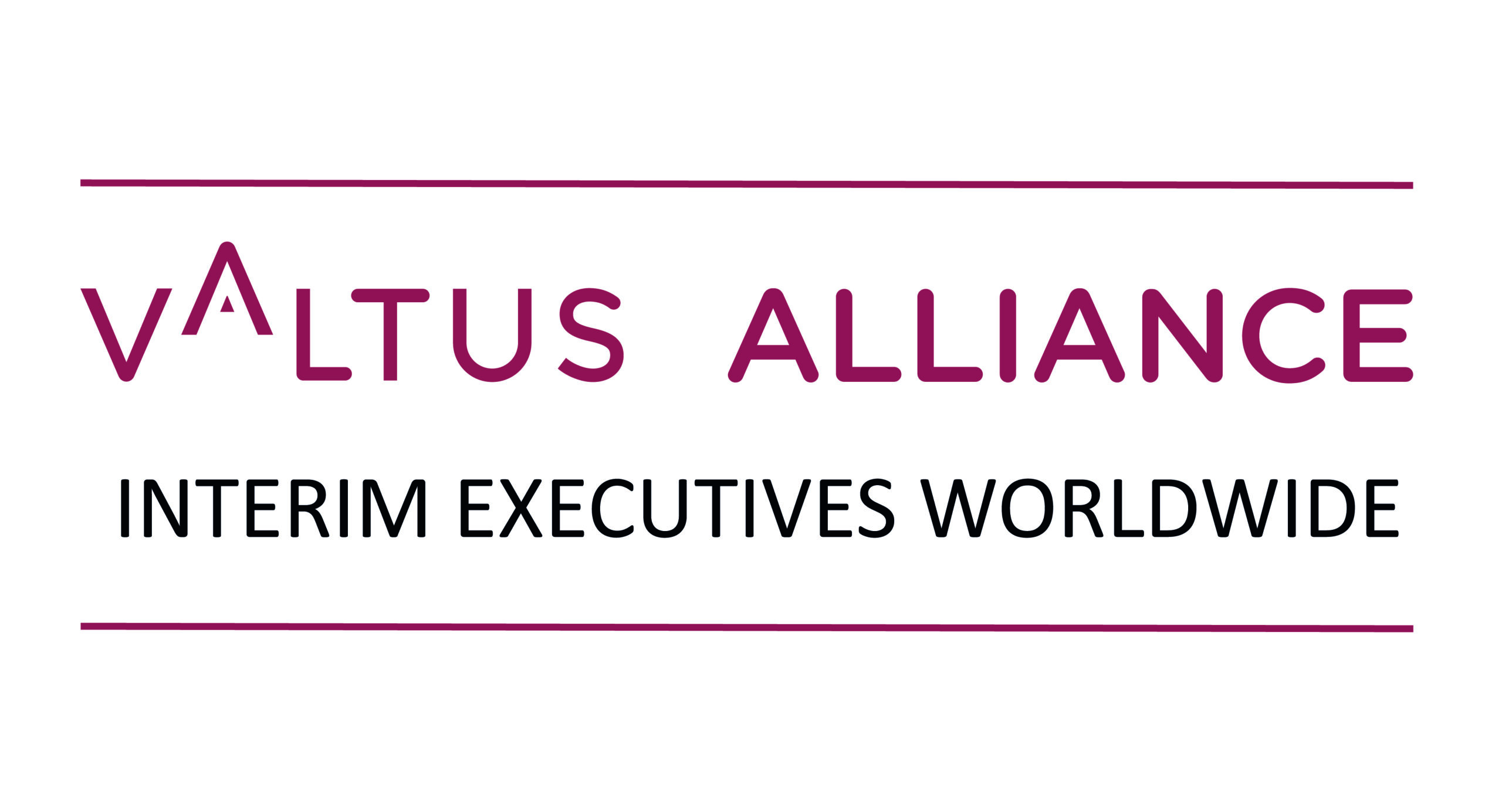Valpeo / Insights / Vertical Development
Citi’s recent restructuring: Striving for the next level of value creation while “de-layering” the organisation
November 2, 2023
Citi’s recent announcement of a major restructuring, with the reduction of management layers from 13 to 8, has caught the attention of many. The magnitude of this change, especially in one of the world’s largest banks, is a testament to the power of streamlining organisations. But how can such a drastic transformation be successfully achieved? The answer lies in recognizing that many of those additional layers were never really necessary in the first place. In fact, one could argue that for Citi even eight layers might be one layer too many.
At VALPEO, we advocate a distinctive approach to organizational design and development – one based on the concept of “levels of value creation” – which allows us to appreciate Citi’s restructuring not just as cost reduction exercise but one that is founded on seeking faster, agile and more sustainable value creation.
Our approach, based on decades of research and corporate practice, is simple: the higher an organization’s purpose in terms of its impact on customers, industries, or society, the more levels of value creation it requires to manage its complexity effectively. However, even in the most complex global organizations, the magic number rarely exceeds seven. Most mid-cap companies, on the other hand, are optimally designed with only four or five levels of value creation.
There are only two cases that justify an extra organizational layer in addition to “the magic number” of levels of value creation.
Let’s explore these further.
1. Temporary extra layer at the top: Turnaround “rocket booster”
Sometimes, organizations are in a situation that demands rapid turnaround. In these cases, having that an extra level of capacity for complexity at the top, whether you are a three, four, five or six-level organisation, can act as a rocket booster that propels the organization to a stable orbit and then gets “jettisoned”. Interim executives often step into such roles, leveraging their capacity for handling complexity and change at an accelerated pace. At VALPEO we often support clients in finding these transformative interim executives.
2. Permanent extra layer at the bottom: Resilience over efficiency
In scenarios where there’s a high risk of attrition at the first-line manager level, organizations need an additional layer for added resilience. This may come at a significant economic cost, but it’s a strategic trade-off to ensure that essential managerial roles remain intact. Amazon, the e-commerce giant, serves as an excellent example of why an extra layer can be a useful addition when facing challenges related to workforce attrition at the first-line manager level. In Amazon’s vast and rapidly evolving logistics operations, the first-line managers, responsible for overseeing warehouses and distribution centres, fulfil a critical, demanding and intense role. To maintain resilience and steady operations,
Amazon has introduced an additional management layer known as Area Managers to oversee a cluster of warehouses and act as a buffer layer between the first-line managers and higher-level middle managers. This additional layer serves a crucial purpose. It helps distribute the workload, provides support and training to first-line managers, and ensures operational consistency, even when individual first-line managers may change due to attrition.
There are also two cases where the actual “magic number” of levels of value creation increases beyond the obvious, creating the need for an additional (but not extraneous) organisational layer.
3. Emerging level of value creation at the top: Upshift in complexity
Sometimes companies need to add a layer given the evolution toward creating new levels of value. For example, organizations focused on operational excellence often realise that they need an innovation layer to add capability in the organization to remain relevant and value creating. Most common triggers for this upshift include:
a) Upshift in stakeholder expectations.
For example, a private equity firm buying a level-four mid-cap company with a view of transforming it into a level-five industry disruptor. That requires a new CEO with capacity for complexity at level five, and a senior leadership team at level four. This senior leadership team will almost always need to be recruited from the outside, as it will normally take years, and in some cases many years, for the existing management team operating at level thee to evolve to level four.
b) The founder’s individual growth trajectory.
A small number of founders are on a particularly steep trajectory: their capacity for complexity grows at an exceptionally fast rate. As the founder progresses to the next level of capacity for complexity, he “pulls” the entire organisation up a level of value creation. Richard Branson’s personal journey as the driver of Virgin Group is a case in point It is, however, rarely the case that the entire leadership team is on the same trajectory as the founder and is therefore ready to step up to a new level of value creation at the same time. That’s why such founders have to go through more than one “generation” of executive teams, each time at a higher level of capacity for complexity.
4. Eighth level of value creation at the top: Societal transformation
Some organizations have ambitions that extend far beyond financial gains. They aim to drive multi-decade or even multi-generation societal transformations, such as the transition towards a circular economy, creating Net Zero industries, or spearheading breakthrough developments in global energy and water supply. These initiatives require an added eighth level of value creation for CEO role to navigate the complexities of long-term, visionary goals. It’s akin to funding programs that aim to take humanity beyond earthly limits, using companies like SpaceX as vehicles for expansion and transformation.
In summary: Citi’s leaner structure drives efficiency and performance
In summary, Citi’ move to reduce layers is a testament to their understanding of the need for a leaner and more agile structure. But it’s not about arbitrary numbers; it’s about aligning the organizational design with the natural levels of value creation. By doing so, Citi is likely to witness enhanced speed to market, improved productivity, higher customer satisfaction, and ultimately, better financial performance.
The transformation at Citi serves as a compelling case study for organizations of ALL sizes and industries. Don’t sit back and think this only applies to Citi because of its scale. The same issues and challenges exist in most organisations that have more than 300 employees. It illustrates the importance of recognizing the inherent levels of value creation within your organization and aligning your structure accordingly. It’s a journey towards efficiency, agility, and ultimately, better results for clients, shareholders, and society as a whole.
The success of any organizational transformation hinges not only on the structural changes but also on having the right people in the right roles. It is crucial to understand the capacity for complexity of those being appointed to positions within the new structure and to equally comprehend the same for individuals whose roles are disappearing. This way, you can make the most of your talent by strategically redeploying them to positions that align with their ability to manage complexity. We are not privy to how (or if) Citi is assessing the capacity for complexity of its managers and leaders as it reorganizes but hope that it has some programme in place that allows it make informed decisions.
At VALPEO
We recognize the importance of this alignment between individuals and their roles within the organization. Our People Dynamics tools offer a unique perspective, enabling us to assess both people and organizations through the same lens. This creates a common framework for understanding the organization’s level of value creation and an individual’s capacity for complexity. By gaining this deeper insight, you can make informed decisions about how to optimize your workforce, thereby unlocking the full potential of both your people and your organization.
We place a special emphasis on understanding an individual’s capacity to manage complexity as it is essential for optimizing their potential, promoting their well-being and ensuring that both they and the organization can thrive in an ever-evolving and complex world. While it is integrated into our People Dynamics tool, it is the typical blind spot of most other assessment tools.
Please reach out and learn more about how VALPEO’s expertise can assist you in realizing the fullest potential of your people and your organization. After all, it is not just about the structure; it is about having the right people in the right places, working together to drive success.
Pratik Chandaria (Partner VALPEO UK & Africa) & Andrei Stephanov (Acrredited VALPEO Partner).
Subscribe to Ripple, the newsletter
Gain expert advice, innovative strategies, and actionable insights to drive sustainable growth and empower your organisation to thrive in today’s dynamic business landscape.



